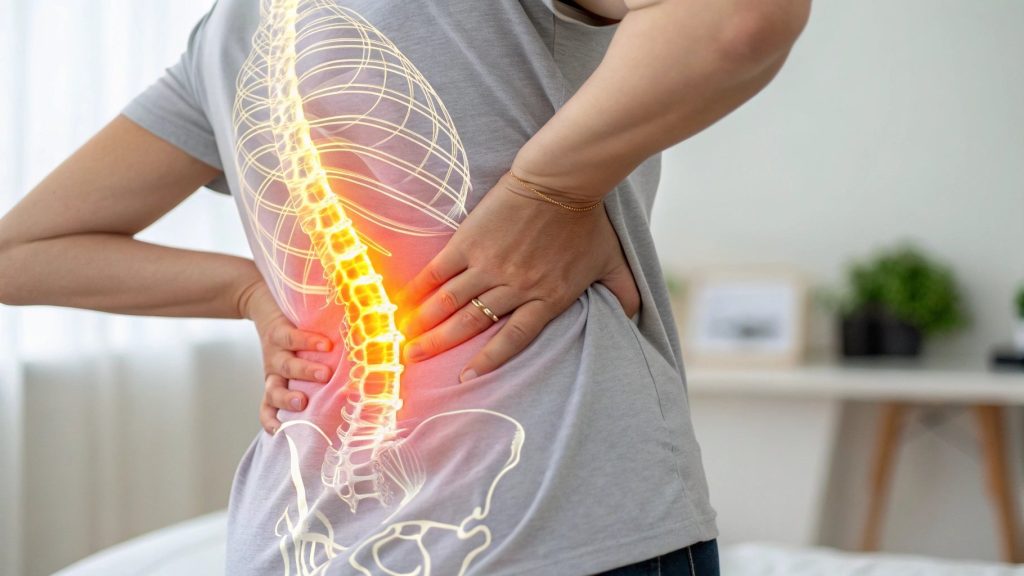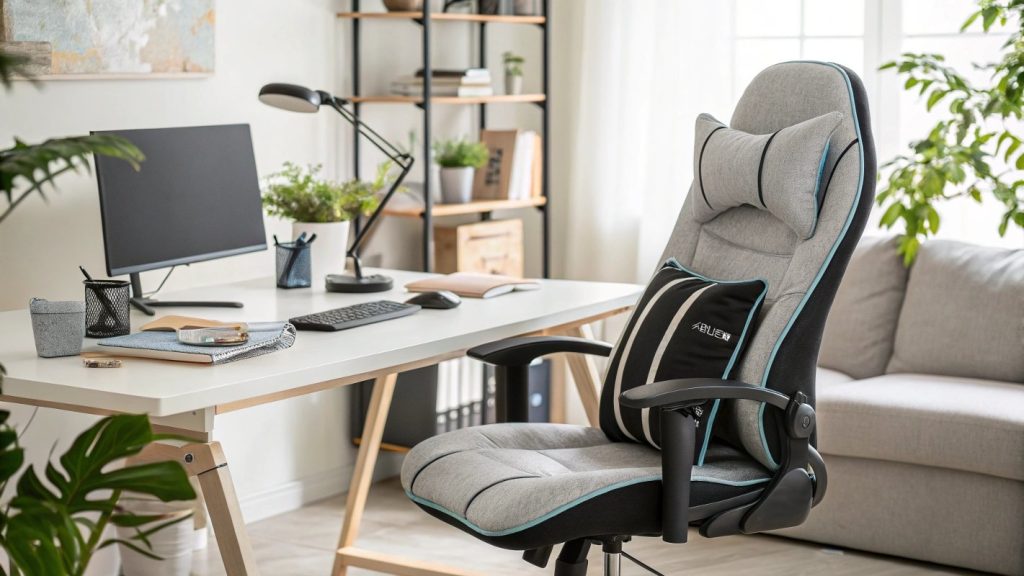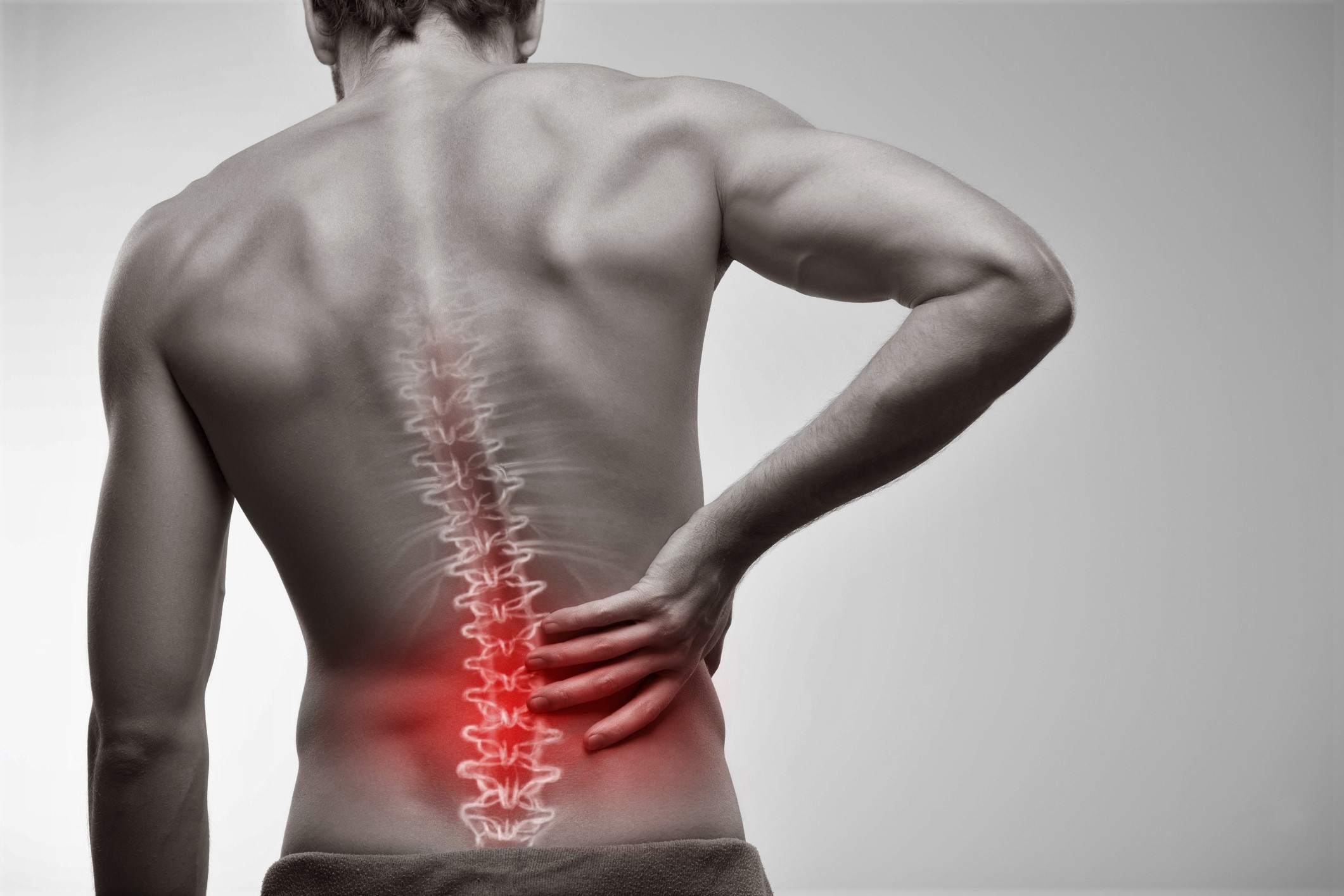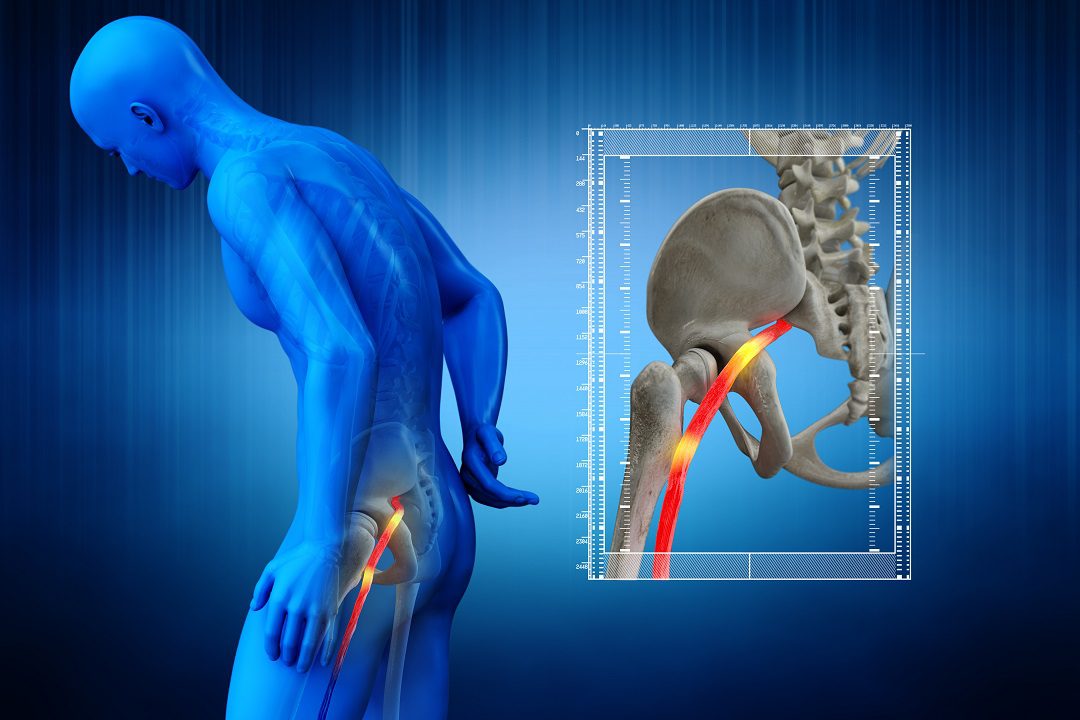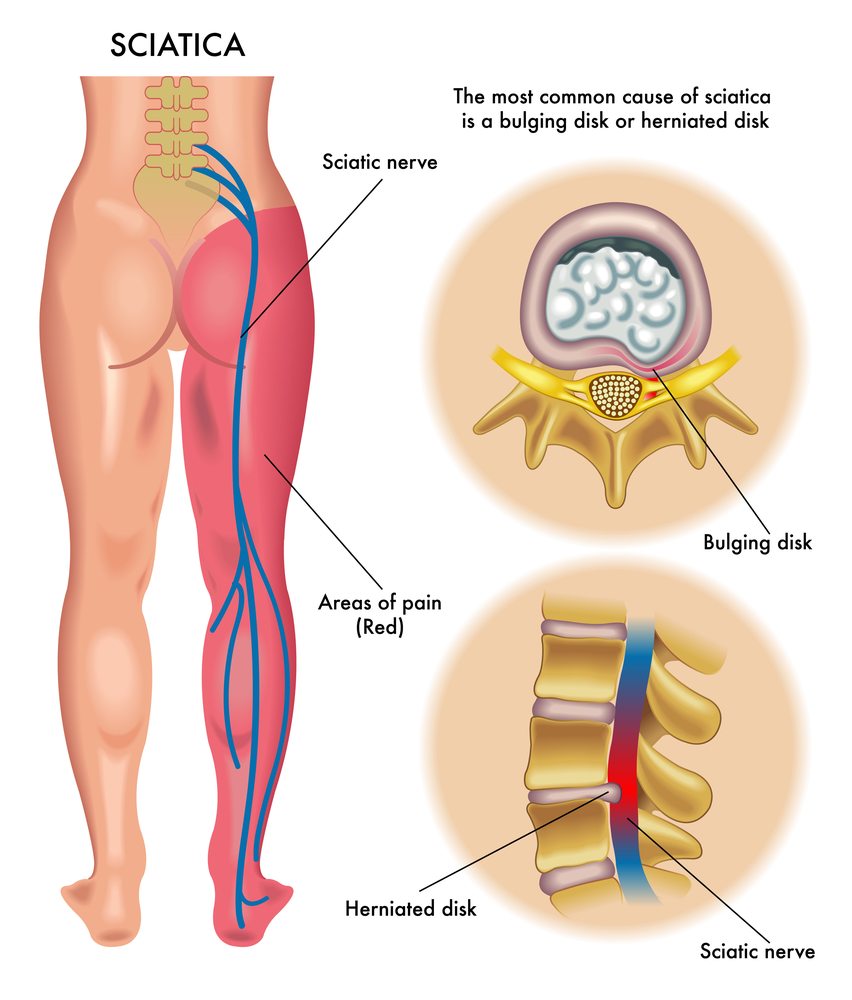Back Pain
Lower Back Pain: What’s Really Going On and How You Can Feel Better

Lower back pain is one of those things you don’t think much about—until it hits. Then suddenly, every movement is a reminder that something’s not quite right. Whether you’re dealing with a dull ache from poor posture or sharp shooting pain from a herniated disc, it can feel overwhelming. The good news? You’re not alone—and there are real ways to find relief.
Let’s talk about what might be causing your lower back pain and what you can actually do about it.
Common Culprits Behind Lower Back Pain
A sore back isn’t just one thing. There’s a long list of possible reasons, and sometimes it’s a combination. Here are some of the most common:
Muscle Strain and Lumbar Strain
Lifting something the wrong way, twisting too fast, or even just sleeping in a weird position can lead to a muscle strain or lumbar strain. These are two of the most common causes of lower back pain—and thankfully, they’re also usually the easiest to recover from with rest, heat therapy, and gentle movement.
Poor Posture and a Sedentary Lifestyle
Spending hours at a desk or hunched over your phone? That sedentary lifestyle and poor posture can really mess with your lumbar spine. Without enough movement or support, muscles weaken and pain sets in. Over time, this can also contribute to more serious issues like nerve compression.
Sciatica and Slipped Disc
Sciatica happens when the sciatic nerve gets irritated—usually because of a herniated disc or slipped disc. This can cause pain that shoots down one leg, along with tingling or numbness. If you’ve ever felt that sharp, zapping pain from your back to your toes, you know exactly what I mean.
Degenerative Disc Disease and Spinal Stenosis
As we age, the discs between our vertebrae naturally wear down—a condition called degenerative disc disease. This can lead to spinal stenosis, where the space around your spinal cord gets narrower, putting pressure on nerves and causing chronic discomfort.
Arthritis and Facet Joint Syndrome
Arthritis in the spine can make it feel stiff and sore, especially in the mornings. When it affects the small joints between your vertebrae—called facet joints—you may hear it called facet joint syndrome. Either way, inflammation and stiffness are the name of the game.
Spondylolisthesis and Scoliosis
Spondylolisthesis is a fancy word for when one of your vertebrae slips out of place. It’s more common than people think and can cause pain, stiffness, and sometimes nerve issues. Scoliosis, or a sideways curve of the spine, can also lead to lower back pain if it throws off your alignment.
Osteoporosis and Fractures
If you’ve been diagnosed with osteoporosis, your bones are more fragile. That includes your spine, which means a sudden jolt or fall could cause tiny compression fractures that result in serious lower back pain.
Pregnancy and Obesity
Both pregnancy and obesity put extra stress on the spine. A growing belly shifts your center of gravity, while extra weight strains muscles, joints, and ligaments. It’s no surprise lower back pain is a common complaint in both cases.
Kidney Stones
Pain from kidney stones can radiate into the lower back, especially on one side. If your pain comes on suddenly, is intense, and nothing seems to help, this might be the cause.
It’s Not Just Physical: The Role of Stress and Chronic Pain
When pain sticks around, it becomes chronic pain. And chronic pain doesn’t just affect your body—it wears you down mentally and emotionally too. Add in some stress, and your muscles stay tense longer, which can make everything worse. It’s a vicious cycle, but the right approach to pain management can help you break free.
So, What Can Actually Help?
You don’t need to suffer through it. There are many ways to relieve and manage lower back pain—and it often takes a combination approach.
Physical Therapy and Core Strengthening
Working with a physical therapy team can be a game-changer. They’ll teach you lower back exercises and core strengthening moves to support your spine and reduce pain long-term.
Exercise and Yoga
Gentle exercise like walking or swimming keeps your body moving and helps reduce stiffness. Add some yoga to improve flexibility, reduce tension, and keep your spine happy. It’s also a great way to ease stress, which your back will thank you for.
Chiropractic Care
A visit to a chiropractic care provider can help if your spine is misaligned or if you’re dealing with sacroiliac joint dysfunction. Many people find relief through gentle adjustments and consistent care.
Massage Therapy and Acupuncture
Both massage therapy and acupuncture can help relax tight muscles, improve blood flow, and calm irritated nerves. They’re great tools to keep in your back pain relief toolkit.
Ergonomics and Lumbar Support
If you sit most of the day, look into proper ergonomics. A supportive chair and lumbar support pillow can make a world of difference. Don’t wait until your back is screaming to make your workspace more comfortable.
Anti-Inflammatory Medication and Heat Therapy
Over-the-counter anti-inflammatory medication can help reduce swelling and pain. Pair it with heat therapy—like a warm compress or heating pad—to soothe sore muscles and ease stiffness.
When Back Pain is Part of Something Bigger
Sometimes, back pain is a symptom of a larger condition. Fibromyalgia, for example, can cause widespread pain that includes the back. And for many people, inflammation is the root cause, whether from arthritis or autoimmune issues.
It’s important to work with a healthcare provider if your pain doesn’t go away or gets worse over time. Imaging can help rule out serious issues and guide treatment, especially for things like nerve compression or facet joint syndrome.
You Deserve Relief From Lower Back Pain
Dealing with lower back pain can be frustrating, but you’re not stuck. Whether your discomfort is from a lumbar strain, herniated disc, scoliosis, or just plain old muscle spasm, there are real, helpful solutions out there. The key is figuring out what’s causing your pain—and giving your body the support it needs.
You don’t have to live in pain. With a few lifestyle changes, targeted treatments, and a little self-care, your back can feel strong, supported, and a lot more comfortable.

